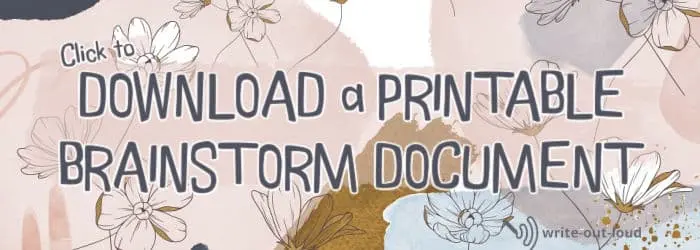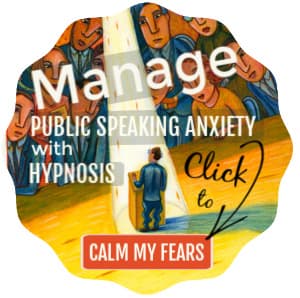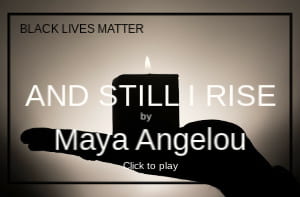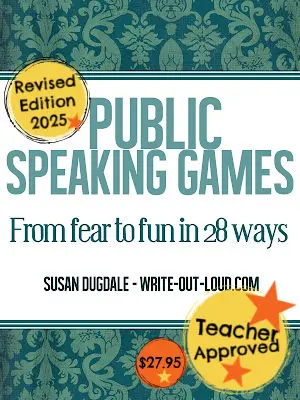- HOME ›
- 5 sample engagement speeches ›
- Write an engagement speech
Engagement party speeches in 3 steps
How to prepare a heartfelt engagement toast
By: Susan Dugdale
Engagement party speeches celebrate the happy couple. Ideally, they're sincere, loving and short - just a few minutes long. They share a story or two, contain some humor and close with a toast.
Let's write one!
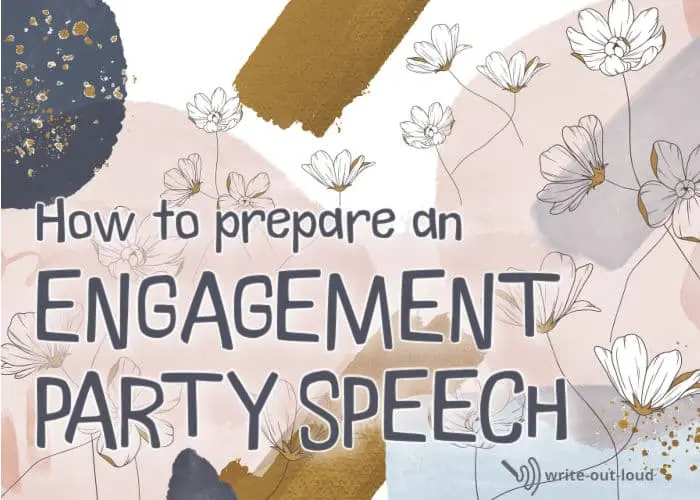
There are three essential steps to take before you have a speech ready for delivery. They are:
- Brainstorming to generate ideas for content - what you're going to say. (With a printable brainstorm document for you to use.)
- Writing it - choosing material from your brainstorm and turning it into a speech with an introduction, a middle, and a conclusion. With an example engagement speech.
- Rehearsing it - practicing saying it out loud in order to deliver it well.
Step 1 - Engagement speech content ideas: brainstorming
The first step is to pull together ideas covering what you think you'd like to say. This is easiest done through brainstorming*.
Either download the readymade brainstorm printable, open a new document on your computer or get yourself a large sheet of paper to work on.
Use any of these content headings as starting points:
- interests/hobbies/sports etc. the couple share
- their meeting - where and how they met
- how you knew the relationship was serious - a snippet from their love story
- a quotation, song fragment or poem that expresses an aspect of the couple's relationship you admire
- childhood hopes (if appropriate) of the either of the couple: their dreams
- your hopes and good wishes for their future and a successful marriage - an idea for a toast
Put down as much as you can under each heading. If my headings don't work for you go with the first ideas that pop into your mind. Don't worry about spelling or writing full sentences. Let your mind run free. Write until you can think of no more.
Then over the next few days, add to what you've got as new ideas arrive. (You'll finish with something similar to the brainstorm example in the image below.)
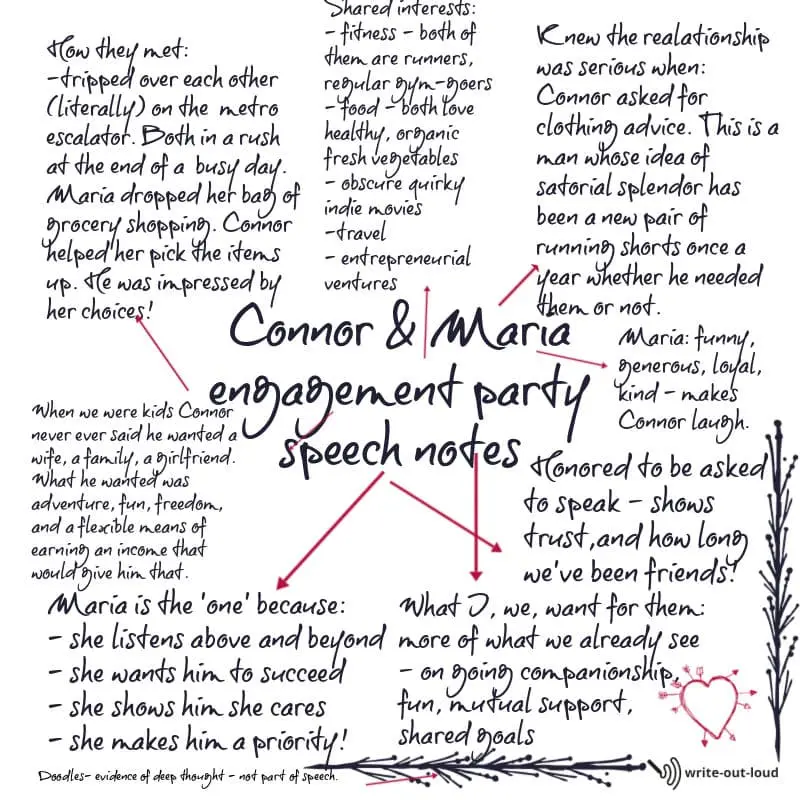
* Brainstorming - for more about brainstorming and links to examples that were used as the basis for a maid of honor, farewell, and a fiftieth wedding anniversary speech.
Get a printable brainstorm document to use
Click on the image below to open a readymade brainstorm document (pdf) for your own use. Then click on the print icon (top right) on the toolbar to make a copy immediately, or on the save icon (also top right) in order to come back to it later.
Step 2 - use a template & choose material for your speech
The simplest way to make your speech enjoyable to listen to is to use the standard three-part speech format.
- an opening
- the speech body where you share your main ideas or thoughts about the engagement
- and a conclusion.
An outline of the key points to include in each part is in the template below.
Three-part engagement speech template
In the OPENING:
- Introduce yourself. (There may be guests who don't know you and your relationship to the new couple.)
- If you are the first speaker, welcome everybody. Mention special guests, or people who have gone to extraordinary lengths to be present, by name, and give thanks to everybody for coming together to share and celebrate the occasion.
In the BODY (middle) of your speech:
- Share personal stories or anecdotes about the engaged couple. Choose ones illustrating the warmth, love, depth and 'rightness' of their connection and if there's a fitting funny story you know will make people smile see if you can work it in.
- Share the pleasure you feel as a result of the engagement.
In the CONCLUSION:
- Express your hopes/best wishes for the couple's future.
- And finish with a toast.
Selecting material to fit into the template
Begin with the middle or body of your speech. Pick the best of your material (two or three points) from your brainstorm notes to put in.
Then add the opening (self-introduction, greetings and, thanks for coming if it's an appropriate thing for you to say) and the conclusion (hopes, wishes for the future and a toast).
A one-to-three-minute speech is approximately between 150 words to 600 words long depending on how slowly or how quickly you talk. You'll want to keep that in mind as you write.
Read an example engagement party speech
Here's a short sample speech with a 313-word count which means it will probably be about just over 2 minutes long when it's delivered.* Its content comes from the notes in my example brainstorm above and I've written it as if I was a close friend of the groom, Connor.
As you read it, imagine that you're hearing it. That will give you a better idea of the flow of it.
(*For more about the number of words in a 1, 2, 3 minute or more speech.)
Sam's engagement party speech for his best friend Connor
"Did you know the beginning of this happy relationship we’re celebrating was a bar of chocolate?
I’m Sam, Connor’s longtime friend. And it’s true! A bar of the very best chocolate: guilt-free and organic, 85% cacao, was the sweet love broker bringing these two together.
One rush hour they tripped over each other on the metro escalator and Maria’s bag split open, spilling her groceries. He helped pick them up.
You all know how keen he is on whole foods. That bar said a lot without saying anything at all! And you also know how friendly he is. Well, from there things progressed quite quickly.
Aside from eating healthily – always organic and lots of fresh vegetables, they discovered other shared interests: running, obscure Indie movies, travel and entrepreneurial adventures.

I knew she was the one when Connor consulted me over clothing choices for a formal dinner he and Maria were going to attend. Really?! This is a man for whom a new pair of exercise shorts is his major annual wardrobe purchase, the big one for the year, bought whether he needs them or not.
And now twelve months later here we are.
Maria it’s been great getting to know you. Like everyone else, I love knowing there’s going to be a lifetime’s worth of what you already share ahead of you both: open-minded curiosity about the world, fun, laughter, mutual support for each other’s projects, and companionship.
Together you are living proof one plus one equals a whole lot more than two.

The poet Mary Oliver asks the question, “So, what is it? What is it you’re doing with this one wild and precious life of yours?”
Today Connor has answered it. Marry Maria.
It’s a true passion project. The best startup ever. We love it for them both.
To Connor and Maria - We’re here to support you all the way."
Testing, editing and peer reviews
Test your speech by reading it aloud. Is it too long? Too short? Does it make sense? Does it flow from one idea to the next easily?
Revise it if necessary.
Once you think you have your speech more or less how you want it, get a peer review. Give it a trial run in front of friends or family.
Ask them to listen to make sure you're covering everything you wanted to appropriately and that you've left nothing really important out.
The goal is an honest heartfelt engagement speech; one that shares your true feelings as naturally as possible.
Edit if needed and then start practicing!
Step 3 - delivering your engagement party speech
The key to great delivery is simple: practice. The more you do, the easier it will be to give your speech effortlessly and effectively.
Using cue cards to be safe
If you need help remembering what you want to say, consider using cue cards.
Reading your text word-for-word doesn't have the same audience impact as using note or cue cards, or no notes at all. When you read, your head is down, and your eyes are focused on following the words.
Using cue cards enables you to look at your audience, to interact more freely with them, to smile and make eye contact.
Click the link to find out how to make and use cue cards.
Practicing or rehearsing your speech
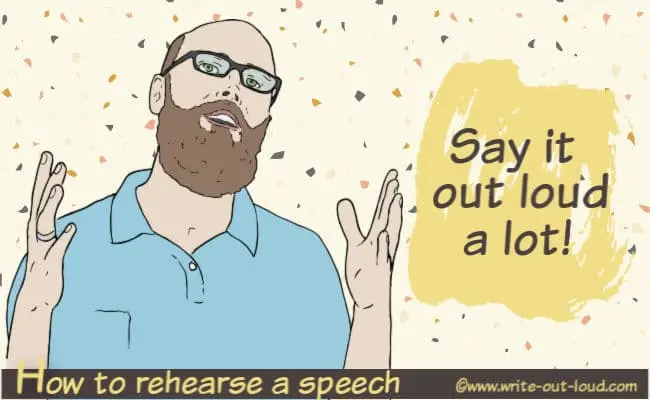
Once you know the flow of your material, (and have made your cue cards if you are going to use them), practice your speech by saying it aloud, as if you had an audience in front of you, wherever possible.
Say it as you prepare dinner. Say it in your car (but not while you're driving if you're using cue cards☺). Say it when you're by yourself out walking. Say it in front of a mirror. Video yourself saying it and as you do imagine your audience. See them responding while they listen to you.
Pause where you need to. Smile. And speak clearly and slowly enough for everyone to take in what you are saying and loudly enough for them to hear.
Click the link for much more about how to rehearse. These tips will help you fine tune your performance.
5 short & sweet engagement speech samples
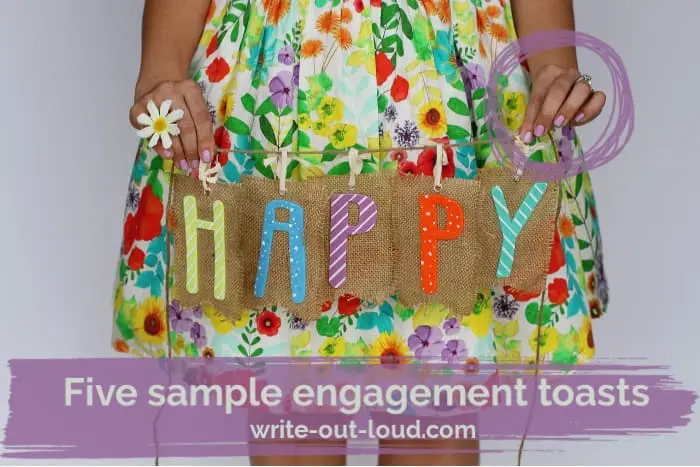
Read these 5 example engagement toasts written from the point of view of a father, mother, friend, groom and bride-to-be. They're short, sincere and a useful starting point to get the flow of ideas going for your own speech.
Related pages:
Get more help with preparing your speech from these pages:

- a large and deliberately eclectic selection of wedding poems and readings - great for finding the perfect reading or toast to add to your engagement party speech.
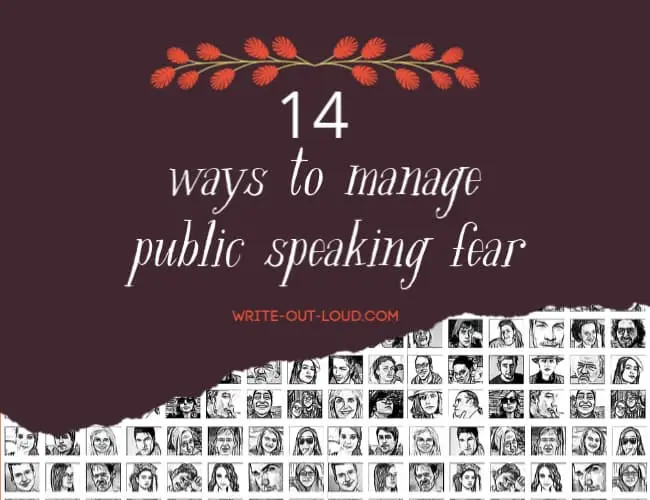
- how to deal effectively with any nervous apprehension you may feel about delivering your speech: overcoming fear of public speaking -14 ways to calm public speaking anxiety.

About the Author: Susan Dugdale, founder of write-out-loud.com, is a qualified teacher of English and drama with over 40 years of experience. Drawing on her professional expertise and her personal journey from shyness to confidence, Susan creates practical, real-world resources to help people find their voice and speak with power.
